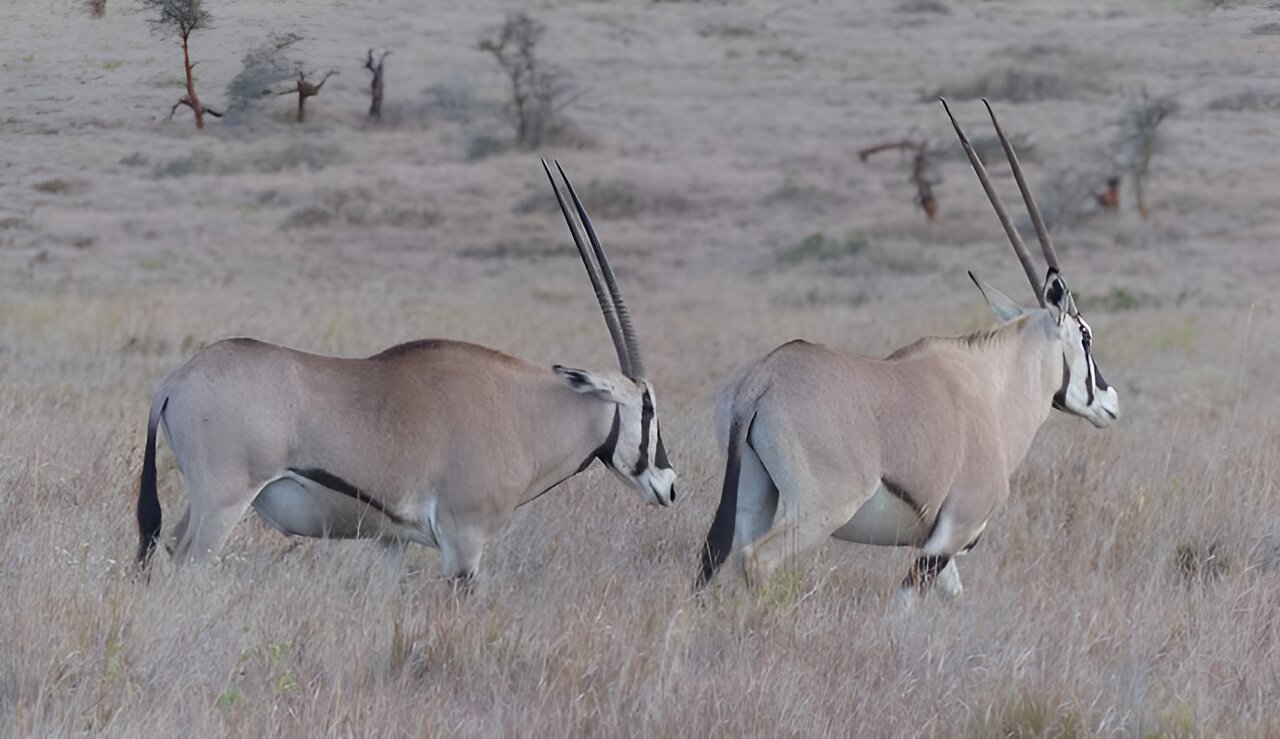Did you know that raising a child in the United States can cost more than $30,000 a year? But, humans aren’t alone. Offspring is expensive for every species. For decades, biologists have miscalculated the energy demands of animal reproduction by underestimating the indirect costs.
Recent research led by Samuel Ginther of Monash University’s School of Biological Sciences reveals that these overlooked indirect costs are significantly higher than previously thought.
During reproduction, mothers incur direct energy costs, such as the formation of organs and tissues for the developing offspring. However, indirect costs—such as the increased metabolism during pregnancy—have been largely ignored or underestimated.
Previous theories suggested that indirect costs ranged from just 5 to 25 percent of total reproductive energy expenditure. Ginther’s study challenges this notion by examining data across 81 species, showing that indirect costs often surpass direct costs.
The discrepancy is most notable in mammals, where indirect energy expenditure averages nine times higher than direct costs. This calculation includes only the energy used during pregnancy, excluding additional energy spent on activities like lactation, protecting the young, and teaching survival skills.
For humans, a staggering 96 percent of reproductive energy is spent indirectly, largely due to long gestation periods. Among the species studied, white-tailed deer have the highest recorded indirect energy cost, expending 470 Megajoules per birth. Ginther suggests that larger animals like elephants might have even higher costs, though their metabolic rates are more challenging to measure.
Egg-laying species, including many reptiles and fish, also have significant indirect costs. Cold-blooded animals that give live birth, such as some sharks, spend an average of 55 percent of their reproductive energy indirectly. The study did not include birds due to insufficient data.
These findings have profound implications for understanding evolutionary biology and species adaptation. They also highlight concerns about Climate change, as temperature fluctuations could disproportionately affect species with high indirect reproductive costs.
Ginther points out that measuring an animal’s metabolism throughout gestation is complex, leading to longstanding assumptions that indirect costs were minimal. This new research challenges those assumptions and suggests that indirect costs for males, related to mate attraction and competition, may also be higher than previously estimated.
This article by Trinity Sparke was first published by One Green Planet on 21 May 2024. Lead Image: GETTY IMAGES/ISTOCKPHOTO.
What you can do
Help to save wildlife by donating as little as $1 – It only takes a minute.




Leave a Reply